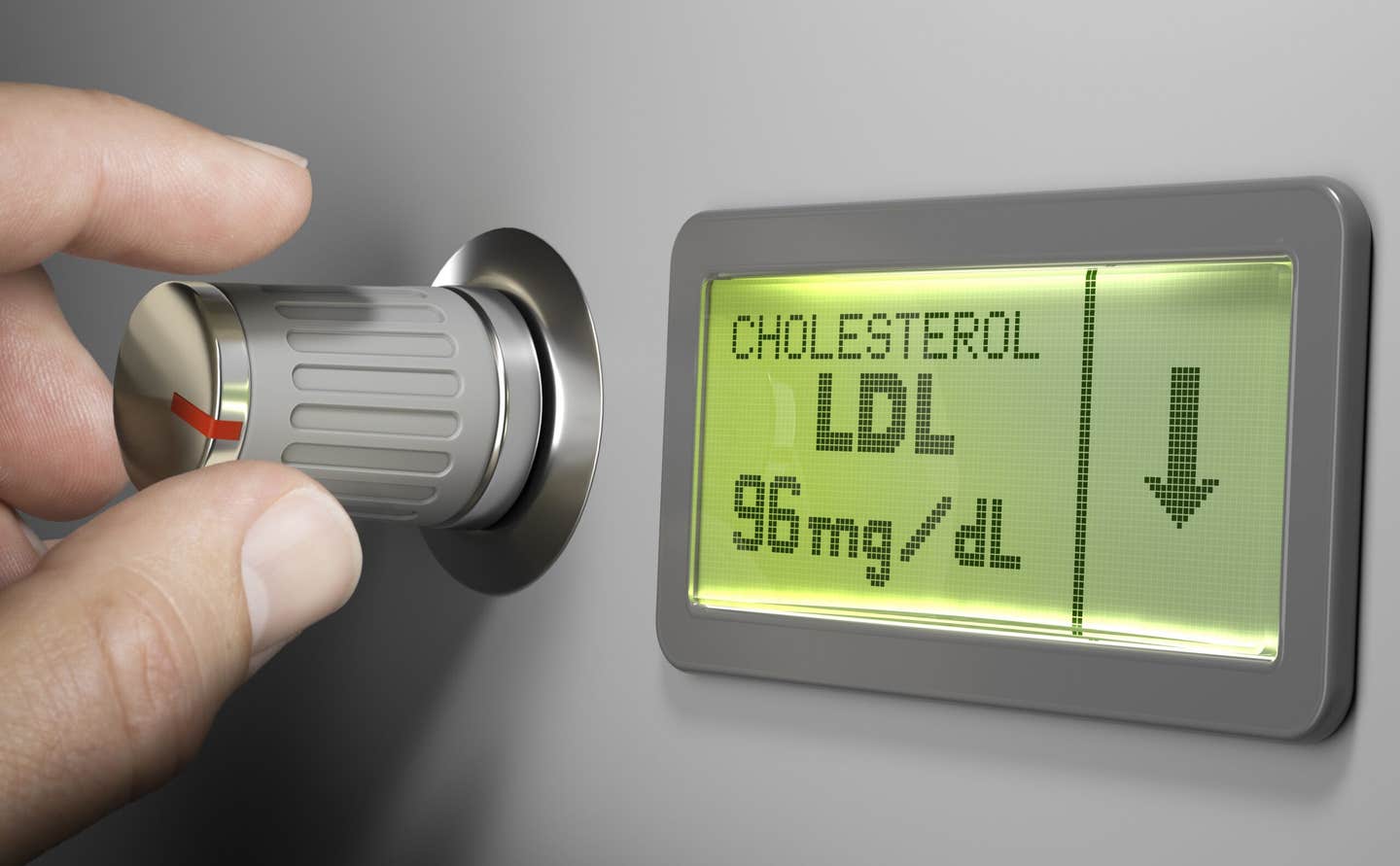Hidden muscle fat significantly raises heart disease risk, study finds
Hidden fat stored deep within muscles can significantly raise your risk of heart disease, heart attacks, and heart failure.

New research shows hidden fat inside your muscles significantly boosts your risk of severe heart disease. (CREDIT: CC BY-SA 4.0)
Hidden fat stored deep within muscles can significantly raise your risk of heart disease, heart attacks, and heart failure, even if you appear healthy based on standard measures like body mass index (BMI). According to a groundbreaking study published in the European Heart Journal, this type of fat, known as intermuscular adipose tissue (IMAT), poses a unique threat by affecting how well the tiny blood vessels in your heart function.
Over 71% of adults in the U.S. currently struggle with being overweight or obese, conditions strongly linked to heart disease. Traditionally, BMI—a simple calculation based on your height and weight—is used to determine obesity. However, BMI alone doesn’t provide a complete picture of heart risk, especially since people with similar BMIs can have vastly different heart health outcomes.
When Hidden Fat Becomes Dangerous
Researchers at Brigham and Women's Hospital and Harvard Medical School have uncovered how fat hidden inside muscles significantly impacts heart health. Led by Professor Viviany Taqueti, the study evaluated 669 people who visited the hospital with chest pain or shortness of breath. The participants had an average age of 63, with women making up about 70% and nearly half identifying as non-white.
Using advanced imaging technologies, scientists analyzed the amount of fat within participants' muscles, referred to as the fatty muscle fraction. They discovered that higher levels of this hidden fat were directly linked to damage in the heart’s microcirculation, known as coronary microvascular dysfunction (CMD). For every 1% increase in fatty muscle fraction, the risk of CMD rose by 2%, and the likelihood of serious heart conditions, including death, increased by 7%, independent of BMI.
“Obesity is now one of the biggest global threats to cardiovascular health,” Professor Taqueti explained. “Yet body mass index—our main metric for defining obesity and thresholds for intervention—remains controversial and flawed, especially for women, where high BMI may reflect less harmful types of fat.”
The Science Behind IMAT’s Threat
IMAT isn't the same as the fat stored under your skin, known as subcutaneous fat. While subcutaneous fat might affect your appearance, it's typically less harmful to your heart. In contrast, IMAT produces substances that increase inflammation and disrupt how your body handles glucose. This imbalance contributes to insulin resistance and metabolic syndrome, which damages blood vessels, including those supplying your heart.
Related Stories
Early research also suggests IMAT releases pro-inflammatory substances like interleukin-6 and tumor necrosis factor, further impairing your heart’s health. Essentially, IMAT doesn't just passively store calories—it actively worsens inflammation and metabolic processes critical for heart function.
Beyond BMI: Why Muscle Quality Matters
Researchers highlight that relying on BMI or waist circumference alone doesn't adequately assess individual heart risk. Instead, measuring IMAT can provide more accurate insights into who is truly at risk, particularly for women and individuals of varying ethnic backgrounds.
“Knowing that intermuscular fat raises the risk of heart disease gives us another way to identify people at high risk, regardless of their BMI,” said Professor Taqueti. She emphasized the potential for IMAT measurements to inform new treatments, including weight-loss drugs and lifestyle interventions.
Exploring New Treatment Pathways
The critical question now is how to effectively reduce IMAT and its associated risks. Treatments that target weight loss, such as new-generation medications like glucagon-like peptide-1 receptor agonists, could play a role in managing fat distribution. However, scientists need more research to understand precisely how these treatments impact IMAT versus other types of fat or muscle mass.
Currently, Professor Taqueti’s team is investigating how lifestyle changes, nutrition, medications, and surgery influence body composition and heart health. Their goal is to determine the most effective strategies for reducing IMAT and improving overall cardiovascular outcomes.
Why This Matters for Everyone
The significance of this research reaches far beyond overweight or obese individuals. Even those with normal BMIs might carry dangerous levels of IMAT, unknowingly increasing their heart disease risk. Recognizing IMAT as a hidden danger underscores the importance of deeper assessments of body composition rather than superficial measurements alone.
Dr. Ranil de Silva from Imperial College London highlighted this need, stating, "Obesity is a public health priority. Studies clearly show obesity is associated with increased cardiovascular risk, but the relationship is complex." He added that further research should examine additional factors like inflammatory markers, insulin resistance, and lifestyle habits to fully understand IMAT's effects.
This new insight could revolutionize how doctors assess and manage heart disease risks, making healthcare more personalized and effective. By identifying and targeting hidden fat, treatments could significantly improve patient outcomes.
Future Directions
Looking ahead, scientists aim to refine methods for measuring IMAT accurately and efficiently in routine clinical practice. Integrating these measures into regular heart health check-ups could better pinpoint those at the highest risk, enabling earlier interventions and possibly preventing severe heart conditions.
Professor Taqueti remains optimistic about the potential for future treatments: "We still don’t know how best to lower the risk for people with fatty muscles. However, understanding how new weight-loss therapies affect fat in muscles relative to elsewhere in the body, lean tissue, and ultimately the heart is crucial."
This research marks a significant step towards more nuanced, effective care for heart health, emphasizing that sometimes the greatest risks are hidden from plain sight.
Note: The article above provided above by The Brighter Side of News.
Like these kind of feel good stories? Get The Brighter Side of News' newsletter.



